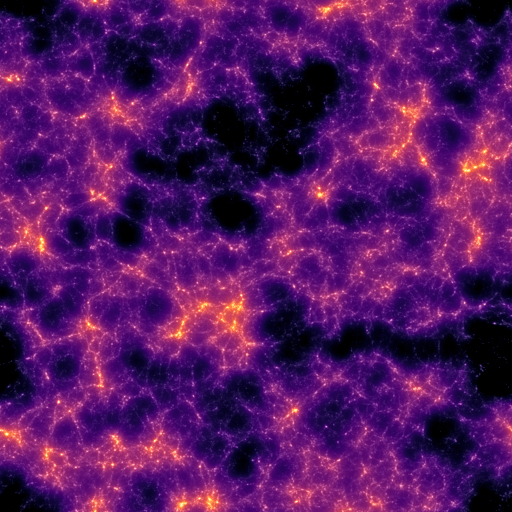The cosmological simulation code $\scriptstyle{\rm CO}N{\rm CEPT}\, 1.0$
We present version 1.0 of the cosmological simulation code $\scriptstyle{\rm CO}N{\rm CEPT}$, designed for simulations of large-scale structure formation. $\scriptstyle{\rm CO}N{\rm CEPT}\, 1.0$ contains a P$^3$M gravity solver, with the short-range part implemented using a novel (sub)tiling strategy, coupled with individual and adaptive particle time-stepping. A primary objective of $\scriptstyle{\rm CO}N{\rm CEPT}$ is ease of use. To this end, it has built-in initial condition generation and can produce output in the form of snapshots, power spectra and direct visualisations. $\scriptstyle{\rm CO}N{\rm CEPT}$ is the first massively parallel cosmological simulation code written in Python. Despite of this, excellent performance is obtained, even comparing favourably to other codes such as $\scriptstyle{\rm GADGET}$ at similar precision, in the case of low to moderate clustering. By means of power spectrum comparisons we find extraordinary good agreement between $\scriptstyle{\rm CO}N{\rm CEPT}\, 1.0$ and $\scriptstyle{\rm GADGET}$. At large and intermediate scales the codes agree to well below the per mille level, while the agreement at the smallest scales probed ($k \sim 13\, h/{\rm Mpc}$) is of the order of $1\, \%$. The $\scriptstyle{\rm CO}N{\rm CEPT}$ code is openly released and comes with a robust installation script as well as thorough documentation.
PDF Abstract